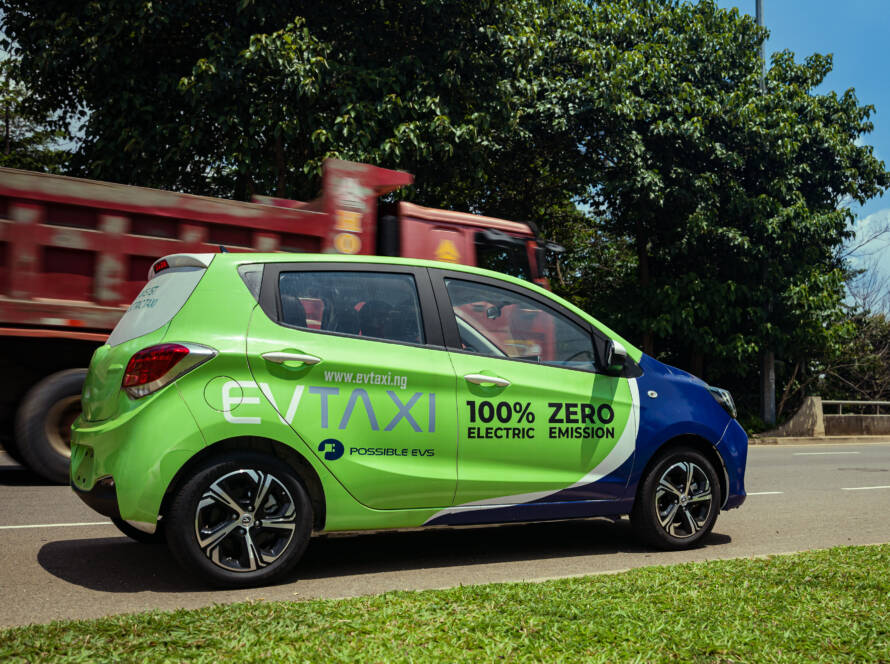As electric vehicles gradually gain traction in Nigeria, a significant question arises: Is the Nigerian power grid prepared to handle the increased demand that comes with widespread EV adoption? Given our current electricity challenges, this is a valid concern. To address this, we’ll delve into the state of Nigeria’s power infrastructure, the potential impact of EVs, and what steps need to be taken to ensure that the grid can support a greener future.
The Current State of Nigeria’s Power Grid
Nigeria’s electricity grid is currently unreliable. With a population of over 200 million, we have an installed generation capacity of only about 13,000 MW but often struggle to deliver 4,000 MW due to transmission and distribution issues. Inconsistent power supply is part of daily life for many of us, leading to widespread reliance on generators.
Aging infrastructure, transmission and distribution bottlenecks and limited access to the national grid are some of the several factors contributing to our electricity situation.
How Will EVs Impact the National Grid?
The widespread adoption of electric vehicles will certainly shift our energy needs from petrol to power systems. And when you consider the idea of introducing EVs to a national grid that is already under strain like Nigeria’s, it does seem like a recipe for disaster. But the situation is more nuanced than it appears. How, exactly, might EV adoption affect the load on the grid?
EVs will undoubtedly increase electricity demand, but this increase is not necessarily unmanageable. First of all, until 15% of the vehicles on the road are electric, there won’t be any real impact on the grid. In Nigeria, that percentage isn’t expected to be achieved until around 2035.
Also, most EV owners are likely to charge their vehicles at home during the night, a period when electricity demand is typically lower. Encouraging off-peak charging could help balance the load on the grid and make the additional demand more manageable.
The growth of EVs has been predictable so far. The adoption rate isn’t going to be so dramatic as to collapse the national grid. Rather, the grid will improve in parallel with the growth and expansion of EVs in Nigeria. In Germany, for example, the growth of EVs increased electricity demand by only about 1%, and required only about five extra gigawatts (GW) of generation capacity.
But though the overall impact on the national grid might be small, localized impacts could be more significant. Areas with high concentrations of EVs, potentially Lagos and Abuja, could experience greater demand spikes, which might strain local distribution networks. This highlights the need for targeted upgrades in areas where EV adoption is highest.
Steps Toward Grid Readiness
For Nigeria to successfully integrate EVs into its energy landscape, several steps need to be taken:
1. Grid Modernization and Expansion:
Nigeria’s grid needs significant upgrades to improve reliability and capacity. The ongoing efforts to expand and modernize the transmission and distribution networks must be accelerated. Investments in smart grid technologies could also help optimize the grid and manage the increased demand from EVs.
2. Development of Renewable Energy Sources:
To power EVs sustainably, we need to make use of the abundance of renewable energy sources we have and increase our share of renewable energy generation. Solar, wind, and hydropower projects are essential to meet the additional demand and also reduce our reliance on fossil fuels. Projects such as the Renewable Energy Master Plan, which aims to increase the contribution of renewable energy to account for 10% of Nigerian total energy consumption by 2025, should be encouraged.
3. Government Policy and Incentives:
The government can play a crucial role in facilitating the transition to EVs. They can implement policies that encourage the development of EV infrastructure, such as charging stations, and offer incentives for renewable energy projects that can support EV charging. Speaking of encouraging renewable energy projects, Possible EVS will soon launch its MO Sustainability Prize competition, where students compete for the best ideas in eclectic mobility to win a prize. Read more and watch for more announcements on the website.
4. Public-Private Partnerships:
Collaboration between the government and private sector is vital. Private investments in charging infrastructure and renewable energy projects can complement government efforts. Additionally, companies like Possible EVS can help by promoting the use of EVs and working with utility companies to ensure that the grid can handle the increased demand.
Addressing Public Concerns
Given our history with power supply issues, it’s understandable that the public might be skeptical about the grid’s ability to support EVs. However, it’s important to note that EVs are not likely to place an unmanageable burden on the grid in the short term. Moreover, the gradual adoption of EVs provides an opportunity to improve the grid in a way that benefits all Nigerians, not just EV owners. For example, localized renewable energy solutions, such as solar-powered EV charging stations, could help reduce the load on the national grid while providing reliable charging options in areas with frequent power outages.
The question of whether the Nigerian grid is ready for EVs is complex, but not insurmountable. While there are significant challenges, they are not unique to Nigeria, and solutions are available. Investing in grid modernization, expanding renewable energy, and fostering collaboration between the public and private sectors are some viable ones.
As Nigeria continues on this journey, stakeholders—government, industry, and the public—must work together and take steps toward a more sustainable and resilient energy future.

